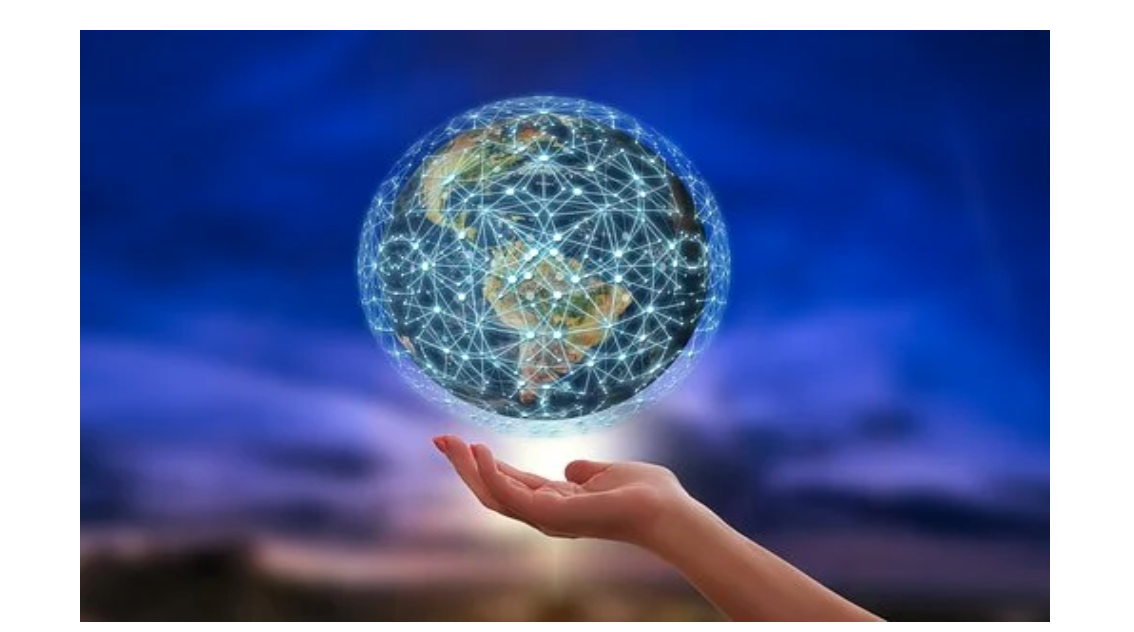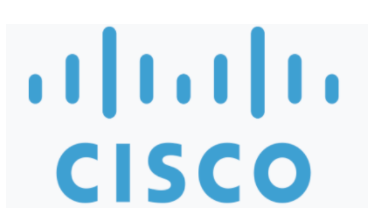5.3: 当今的网络
- Page ID
- 172292
\( \newcommand{\vecs}[1]{\overset { \scriptstyle \rightharpoonup} {\mathbf{#1}} } \) \( \newcommand{\vecd}[1]{\overset{-\!-\!\rightharpoonup}{\vphantom{a}\smash {#1}}} \)\(\newcommand{\id}{\mathrm{id}}\) \( \newcommand{\Span}{\mathrm{span}}\) \( \newcommand{\kernel}{\mathrm{null}\,}\) \( \newcommand{\range}{\mathrm{range}\,}\) \( \newcommand{\RealPart}{\mathrm{Re}}\) \( \newcommand{\ImaginaryPart}{\mathrm{Im}}\) \( \newcommand{\Argument}{\mathrm{Arg}}\) \( \newcommand{\norm}[1]{\| #1 \|}\) \( \newcommand{\inner}[2]{\langle #1, #2 \rangle}\) \( \newcommand{\Span}{\mathrm{span}}\) \(\newcommand{\id}{\mathrm{id}}\) \( \newcommand{\Span}{\mathrm{span}}\) \( \newcommand{\kernel}{\mathrm{null}\,}\) \( \newcommand{\range}{\mathrm{range}\,}\) \( \newcommand{\RealPart}{\mathrm{Re}}\) \( \newcommand{\ImaginaryPart}{\mathrm{Im}}\) \( \newcommand{\Argument}{\mathrm{Arg}}\) \( \newcommand{\norm}[1]{\| #1 \|}\) \( \newcommand{\inner}[2]{\langle #1, #2 \rangle}\) \( \newcommand{\Span}{\mathrm{span}}\)\(\newcommand{\AA}{\unicode[.8,0]{x212B}}\)
我们日常生活中的网络
在人类存在的所有基本要素中,与他人互动的需求排在了我们维持生命的需求之下。 对我们来说,沟通几乎和我们对空气、水、营养和住所的依赖一样重要。
今天,网络系统使人们能够从任何地方进行连接。 个人可以立即与他人沟通和协作。 新闻想法和发现可以在几秒钟内与世界共享。 无论身在何处,人们都可以在没有海洋和陆地物理屏障的情况下与他人互动和玩耍。

过去和现在的技术
设想一个没有互联网的世界。 不再需要谷歌、YouTube、短信、Facebook、维基百科、网络游戏、Netflix、iTunes 和简单访问当前数据。 不再需要社交媒体,通过在网上购物来远离排队,或者一触即发地快速查看电话号码并将标题引导到不同的区域。 没有这些,我们的生活会有多独特? 正如第一章所讨论的那样,那是我们在15到20年前生活的世界。 多年来,信息系统逐渐扩展和重新利用,以提高各地个人的个人满意度。
无国界
系统管理进步的进展可能是当今地球上最值得注意的变化。 它们有助于打造一个民族边缘、地理分隔和物理限制变得不那么重要的世界,引入的障碍越来越少。

Cisco Systems Inc. 将其称为人际网络。 以人为本的网络着眼于互联网和网络对个人和组织的影响。


